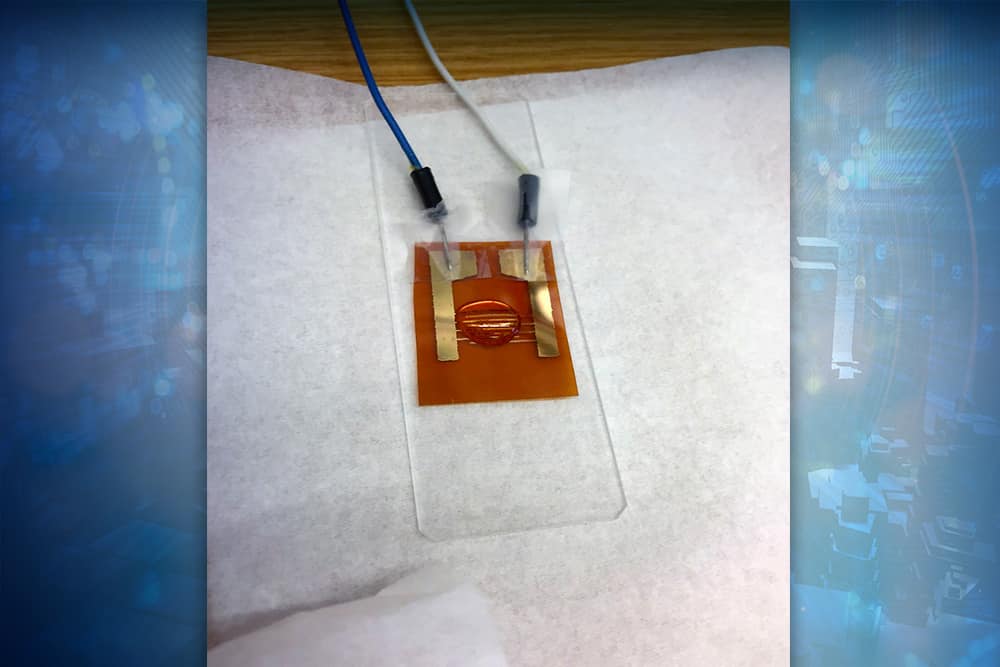
Researchers from Purdue University have created an electrode that can detect viruses carried by mosquitos, including Zika and Dengue.
The device can detect dangerous mosquito-borne tropical diseases more rapidly–and at a lower cost–than current methods, giving health officials time to take action before the viruses are transmitted to humans.
SMK Diagnostics has created biosensor technology to identify and monitor diseases such as Zika, which initially set off a global health crisis in 2015 and 2016; and dengue, which causes about 22,000 deaths a year worldwide, mostly among children. Dengue and Zika are from the same virus family, known as flavivir.
“The sensor provides early detection so that you can intervene earlier,” said Lia Stanciu, associate head and professor of Materials Engineering at Purdue and one of the founders of SMK Diagnostics. “If local agencies know there’s a danger, they can intervene early to try and make sure it doesn’t get transmitted to people.”
SMK Diagnostics was conceived by Stanciu; Ernesto Marinero, a professor of materials engineering and electrical & computer engineering at Purdue; and Richard Kuhn, the Trent and Judith Anderson Distinguished Professor of Science at Purdue. Kuhn was the first scientist to determine the structure of the Zika virus by cryo-electron microscopy.
The Centers for Disease Control and Prevention state that Zika can cause severe birth defects in babies whose mothers were infected during pregnancy, and the agency warns pregnant women from traveling to areas at risk for Zika. The CDC asserts that more than one-third of the world’s population live in areas at high risk for dengue, with up to 400 million people infected each year.
The technology uses an electrode coated with a high-surface area material, which immobilizes specific biological molecules able to bind to the RNA of the virus. When the DNA or RNA of a virus-infected mosquito binds to the surface, it changes the surface resistance on the electrode, and the sensor can determine if the virus is present. “Only the virus will bind to the surface, no other molecules. It is a recognition, like a key and lock,” Stanciu said.
The sensor can differentiate between specific flaviviruses, and works in less than an hour. Other technologies used to detect these diseases are often more time-consuming, many of which take a week or longer to discover the type of virus.






